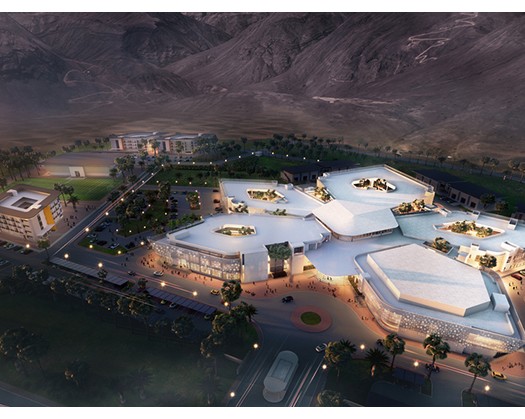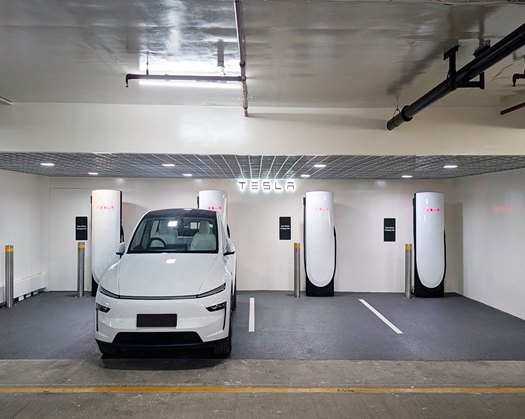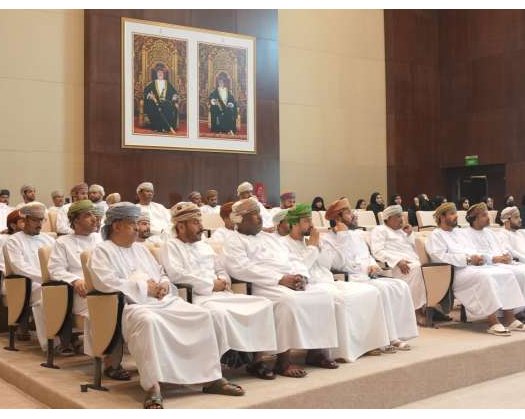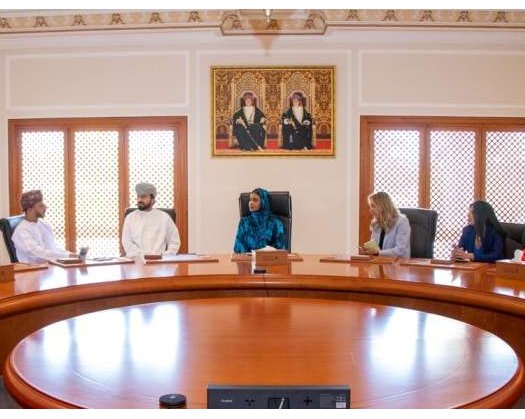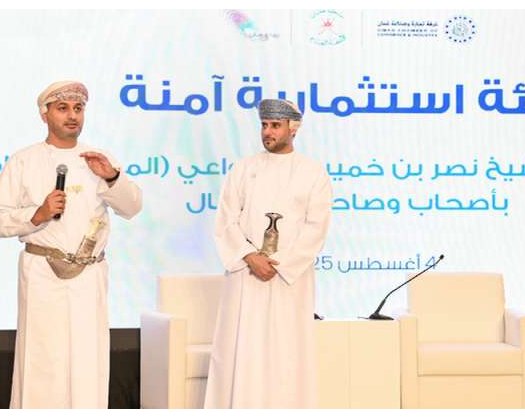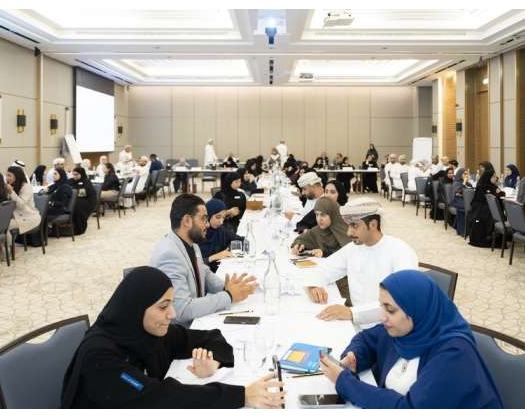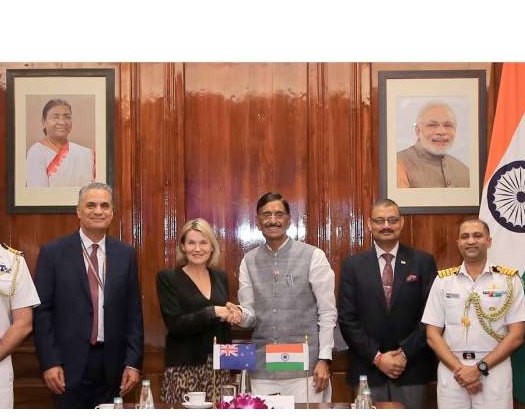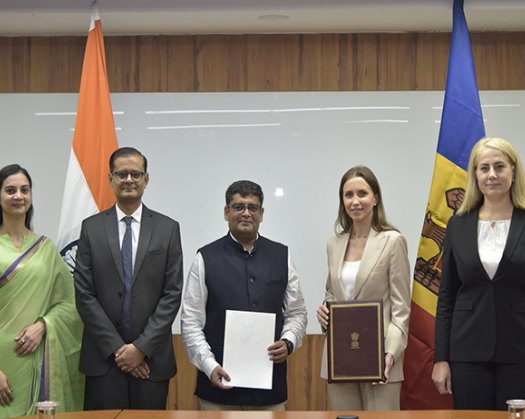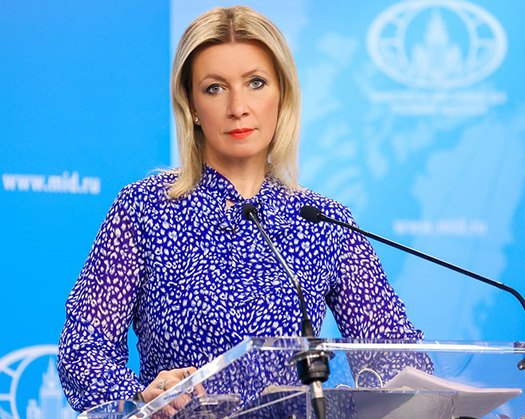Khasab: The founding of the University of Technology and Applied Sciences (UTAS) in Musandam Governorate is a strategic project with economic, scientific, tourist, and social implications. It is a key component of the overall development and urban strategy for the governorate, in line with Oman Vision 2040.
The project aims to promote equitable development throughout Oman's governorates, stimulate investment in projects and services, and improve the governorate's economic system, which includes marine ecotourism, the fisheries industry, logistics transport services, and renewable energy investments.
Dr. Said Hamad Al Rubaee, Vice Chancellor of the University of Technology and Applied Sciences, stated that the Musandam branch will enhance human development variables, expand employment opportunities for the local community, and provide the labor market with graduates who meet the comprehensive development plan's requirements. This will be accomplished through creating high-quality education and training programs that promote national identity and social ideals while also providing graduates with current information and skills for life and work.
In a statement to the Oman News Agency (ONA), he stated that the opening of a University of Technology and Applied Sciences branch in Musandam Governorate marks the first higher education institution in the governorate, aimed at developing Omani human resources and serving as a major driver of social and economic progress.
The present admission strategy expects roughly 750 students across all specialties when the first group graduates with bachelor's degrees. The number of enrolled and admitted students is expected to rise yearly after the completion of the branch's permanent structure.
He observed that the university's overall student enrollment in the 2024/2025 academic year was 46,875, comprising 22,503 male students (48%) and 24,372 female students (52%), in addition to 147 postgraduate pupils. During the same academic year, the Musandam branch registered 328 students.
The university provides a variety of specializations through its six colleges: Creative Industries, Education, Applied Sciences and Pharmacy, Economics and Administrative Sciences, Computing and Information Sciences, and Engineering and Technology. These programs are offered as diplomas, advanced diplomas, and bachelor's degrees.
Several unique and in-demand programs have been launched at the Musandam branch for the 2024/2025 academic year, in line with the Fourth Industrial Revolution, including cloud computing, financial technology, digital business and analytics, and educational technology.
The university intends to offer scientific specialisations in the second phase, which include marine navigation, marine systems design, and marine product processing technology. These programmes are anticipated to draw students from throughout Oman and beyond.
He clarified that a temporary facility has been rented to house students and personnel until the permanent branch structure is completed. The temporary structure has classrooms, academic and administrative offices, computer and science labs, a library, meeting rooms, and other service facilities.
Regarding the final designs for the major branch buildings in Khasab, he confirmed that prequalification for the project has been finished and that bids from firms are currently being assessed by the university's consultancy office and experts. The permanent structure will be designed to resemble Oman's five-petaled desert rose and will include administrative and academic facilities, engineering workshops, a theater, a library, dining establishments, student and staff housing complexes, and green spaces.
Dr. Said also mentioned that future plans for the Musandam branch include the establishment of a marine sciences department in a suitable position in Bukha. The design will be similar to the sextant, a navigation instrument historically utilized by Omani sailors, and will contain a control tower for boat events, a racing circuit, workshops, offices, labs, and classrooms, all of which meet global higher education standards.

